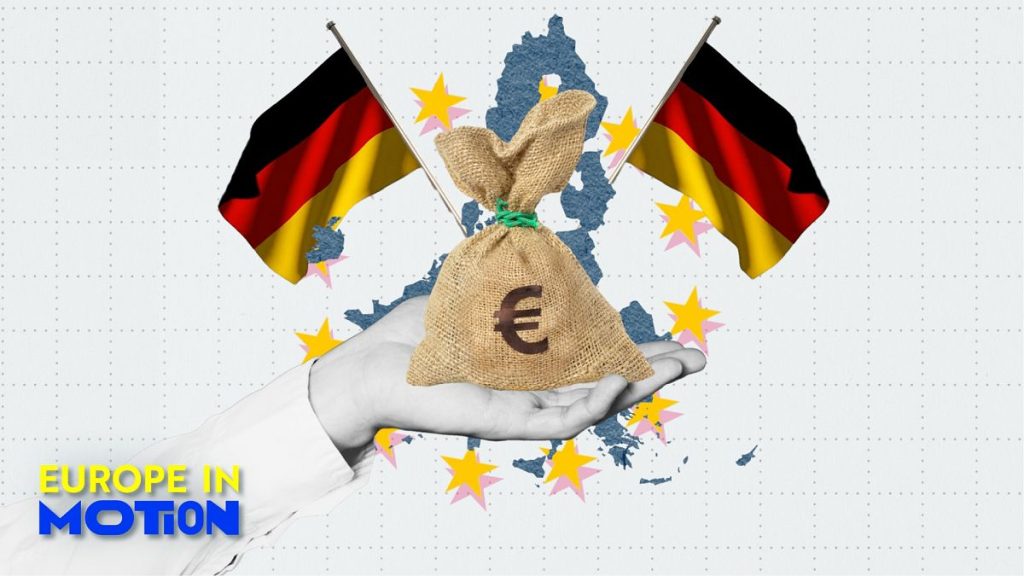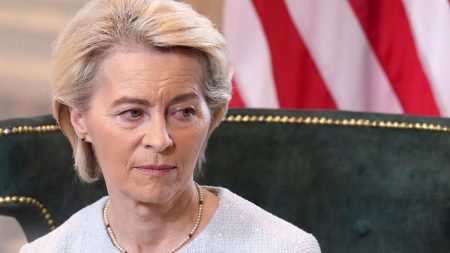The European landscape of foreign direct investment (FDI) witnessed a significant shift in 2023, with Germany emerging as the leading destination for global capital, surpassing the United States for the first time. Against a backdrop of economic headwinds including sluggish growth, persistent inflation, geopolitical uncertainties, and escalating energy costs, Europe managed to attract a total of €3.263 trillion in FDI across 11 member states, a marginal increase from €3.241 trillion in the previous year. Germany’s impressive €410 billion haul represents 12.6% of the total FDI inflow, underscoring its newfound dominance in attracting foreign investment. This figure represents the ultimate investing economy, meaning Germany holds final control over the investments, rather than acting as an intermediary.
The United States, previously the top recipient of FDI, slipped to second place with €406 billion, followed by France (€356 billion) and the United Kingdom (€290 billion). This shift in investment dynamics reflects the complex interplay of global economic forces and the relative attractiveness of different investment destinations. While Europe grapples with economic challenges, Germany’s robust industrial base, skilled workforce, and strategic location within the European market appear to have positioned it as a preferred destination for international investors seeking stability and long-term growth opportunities.
The resurgence of FDI in Germany coincided with a noticeable trend in investment sectors. Information technology services, business services, transportation, and logistics emerged as the most attractive sectors for foreign investors in 2023, according to the EY European Investment Monitor 2024. This sectoral focus suggests that investors are prioritizing investments that enhance operational efficiency, improve supply chain resilience, and drive innovation. The emphasis on these sectors also underscores the ongoing digital transformation and the growing importance of seamless logistics in the globalized economy.
Experts suggest that several factors contribute to the shifting FDI landscape. Marc Lhermitte, EY Global Lead FDI & Attractiveness, notes that “the flow of FDI into Europe has more undercurrents than ever before.” While traditional investment drivers continue to play a role, he highlights the increasing importance of supply chain restructuring, efficiency gains, and innovation as motivating factors for foreign companies expanding their operations in Europe. The COVID-19 pandemic exposed vulnerabilities in global supply chains, prompting companies to diversify their operations and reduce reliance on single-source suppliers. Europe’s strategic location and skilled workforce make it an attractive destination for companies seeking to reshore or nearshore their operations.
Looking ahead, the future of FDI in Europe hinges on navigating complex challenges. Key among these is the need to strike a regulatory balance that fosters innovation while providing necessary protections. Maintaining manufacturing competitiveness is also crucial for attracting long-term investment. If Europe fails to address these challenges effectively, it risks losing ground to competitors like the United States, China, and other Asian countries, which are actively vying for foreign investment.
The competition for global capital is intensifying, and Europe faces a critical juncture. Maintaining its attractiveness as an investment destination requires a concerted effort to create a favorable regulatory environment, invest in infrastructure, and foster a culture of innovation. The success of individual countries like Germany in attracting FDI demonstrates the potential of Europe as a whole. However, sustained efforts are needed to ensure that Europe remains a competitive player in the global race for foreign investment. The ability to adapt to evolving global economic conditions, address regulatory challenges, and promote innovation will be crucial determinants of Europe’s future success in attracting foreign direct investment.














